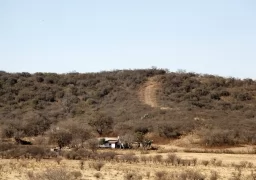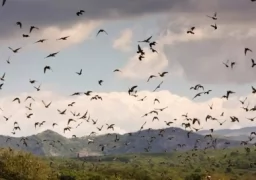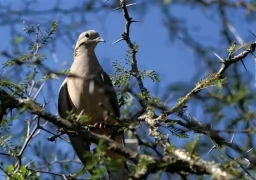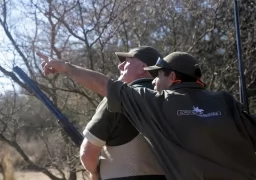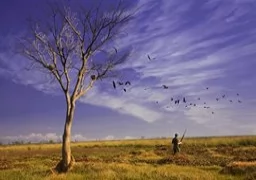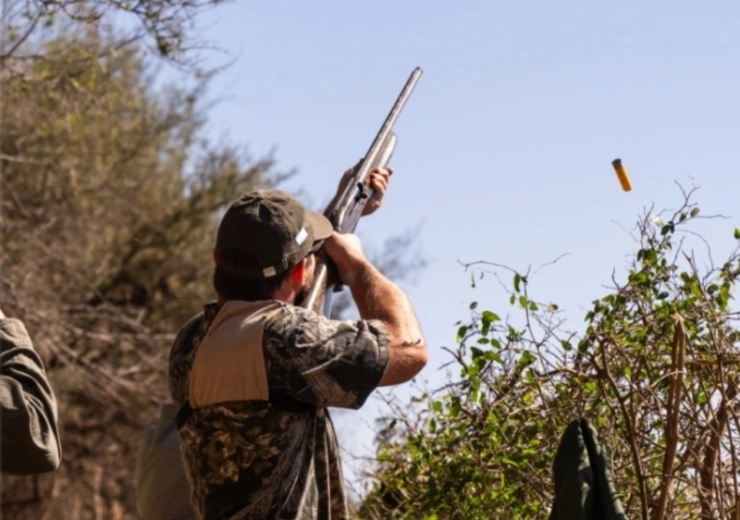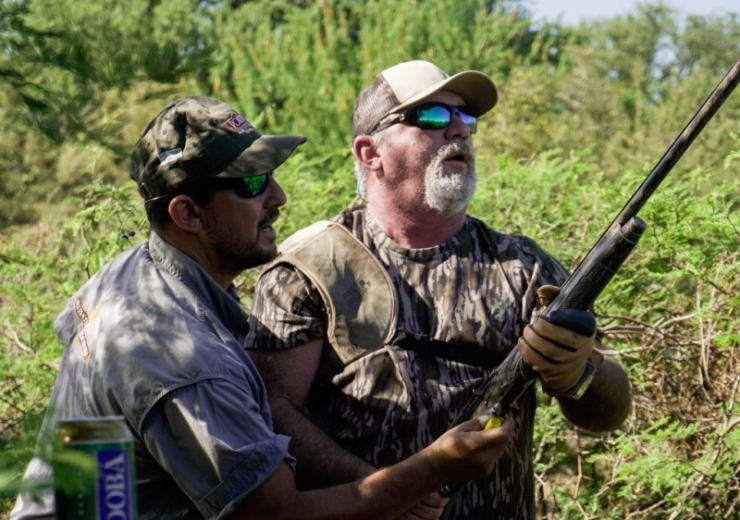NEWS & REPORTS
Scouts Before Every Dove Hunt
We starts scanning a possible place with the binoculars, looking the area around from early in the morning to see where the dove comes out; if it changes the route or the departing directions. This is the first activity of the scout in the overnight areas. Then, around 9 am, we have to move to the feeding areas, what we call “feeding fields’’ or “passing areas’’ between the roost and the food. After 3 pm, birds are most likely to move looking for water and heading back to the roosts, which allow us to locate them more easily.
It’s amazing how we train our eye and manage to see flocks of doves flying at very far distances. They are little black dots on the horizon. When we see the doves, we must watch for a couple of minutes to control regularity. If there are more doves passing through the same area, this means that we found a location with a lot of potential.
Doves usually cross over power lines, tree lines or house proximities before they land looking for their food in the field travelling on an average of 60 or 70 km.
Is important to know that if we are in a large field, in general is better to hunt with several shooters; this way, we keep doves busy and flying; otherwise, they will land on a clear corner of the field to eat and the shooters will have little action. You must always remember that birds can move to new places.
Other important place to have in mind is irrigation sites, mostly in periods of draught. Doves generally drink in ponds, swamplands, rivers, etc. a wide fringe of mud along river coasts is ideal, especially when there are roosts near the feeding areas.
Doves are very peculiar; they need to consume sand or gravel from the roads to help with their feeding routine, so that they can split corn grains. To cut open the mow of the dove and check for what it has eaten is a good method for locating birds. Resting spots or roosts create an attractive area for doves; therefore, on these areas we can practice different kinds of shots without the need of moving from one place to another.
Doves can change their flight because of adverse weather conditions, changes on eating habits and other factors; so every morning is a different challenge.
To offer the best hunting experience we have a wide variety of fields that we visit every day to make sure that everything is working well. I love this job and it is a challenge every day; in my particular case, is of huge importance to have a great team.
I hope you enjoyed this summary referred to the search of doves and we wish to see you soon. You should be the next one! Come and enjoy with us some of our best shooting fields!
Till next time,
Martin Andrada
Head Guide
Pointer Wingshooting

